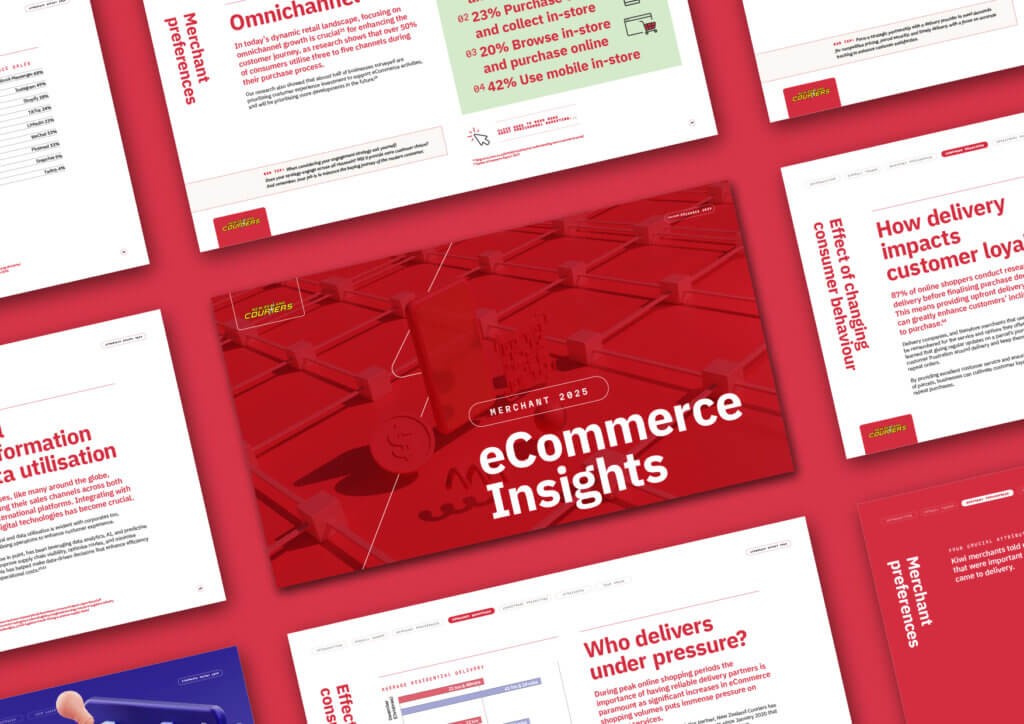If you’ve ever had an important delivery that goes missing en route, or an item you’ve sent has vanished into the postal ether, you’ll know the importance of receiving a ‘Proof of Delivery’. For customers and businesses alike, a Proof of Delivery, or POD as it’s known among experts, can provide that essential reassurance during your shipping experience.
So, what is POD, why do you need it, and how do you get it? Find out in this article.
What is Proof of Delivery?
Whether you’re a customer, a new business owner, or an experienced entrepreneur, you’ve probably encountered some form of proof of delivery. Essentially, POD refers to the receipt, note, or any document confirming a shipment’s proper delivery.
This document certifies that the recipient has received the content sent by the sender. In fact, it will display the date and time the customer received the package and the location.
For some courier providers, you might even see a photo of the parcel at its delivery destination.
B2B Market Insights Report 2026
The fastest adapters are winning as speed, transparency and reliability are now non-negotiable for B2B buyers. Learn how to stay ahead of the game.

POD can be handwritten (paper signature), typed, or sent electronically. Whatever its form, POD contractually binds a recipient into an agreement with their sender that the goods were delivered, that all their items were present, and that the package was received in acceptable condition.
So, POD can be a useful tool for a new business start-up looking to cut risks and collect valuable customer data. Like web conferencing software or e-business tools, POD is another area where your business can benefit from being tech-savvy.
What are the different types of POD?
As we’ve mentioned, there are a few different types of POD. The one you decide on should be based on your own unique business needs. For example, you might pick electronic proof of delivery (ePOD) if you’re a licensed business looking for a streamlined delivery service with real-time updates. Consider the list below:
- Paper Invoice: This is the most popular form of POD, used by small and large businesses alike. Here, upon receipt of the product, the receiver is required to sign a confirmation. This is your proof of delivery.
- Straight POD: A paper invoice is a type of straight POD. This is the type of proof to use when your customer has already paid for their purchases.
- Claused POD: You’ll use this type of POD when your delivery is damaged and therefore doesn’t meet the expected delivery standards.
- Electronic POD: ePOD works like a paper invoice but via a digital device that takes a recipient’s signature electronically. Not only does this make the whole process more efficient, but also more accurate. This POD method can involve real-time status updates, location tracking, and photographic evidence of receipt.
- To-order POD: To-order PODs are negotiable and optional. Put simply, when delivery is made, the ownership of that delivery is transferred to a third party named in the contract. This third party is typically the logistics provider/carrier. While less common than straight POD, to-order is useful for new businesses looking to diminish operational risks. By transferring liability for package damage and loss to a carrier, you reduce the chance of customer disputes and lost revenue through replacements and redelivery.
Why is POD essential?
In short, POD offers many benefits to improve your overall business operations and the customer experience. Customers have even come to expect such a service, given its growth in popularity over recent years. The good news is that it is now offered by many large logistics operations and is easy to implement, no matter the size or nature of your business.
Prevents customer dissatisfaction
Providing customers with tracking and POD helps to avoid any confusion and the potential for disputes. With such high customer expectations, real-time tracking, SMS delivery notifications, and post-delivery photos can all help increase customer satisfaction and, in turn, loyalty. Fundamentally, customers are more likely to choose your business over a competitor if your delivery is more reliable.
Improves trackability
Retailers should consider ePOD an essential part of their digital business portfolio. Just like video calling software, eCommerce platforms, and CRM tools, POD has the potential to streamline operations and reduce costs.
The ability to track deliveries means you can see when a customer receives their package and confirm that it has arrived with no damage. For consumers, it will mean less need to reach out to you for updates on order status. This reduces the burden on your customer care teams.
Reduces the threat of fraud
POD can also help protect your business from any fraudulent claims by customers. Knowing an item has been delivered avoids duplicate or repeat deliveries. It also means you can see the condition that an item has been delivered in and, therefore, dispute untrue claims.
It is also a great way to deliver goods that require ID verification. POD lets you sell items safely and responsibly.
Gets rid of paperwork
Switching to an electronic form of POD can rid your business of easily damaged and misplaced paper forms. It also reduces your company’s environmental footprint and the manual work involved with traditional paper-based proof.
Improves the overall customer experience
Ultimately, POD enriches the customer experience and makes for more repeat purchases. ePOD especially is a faster, more efficient, and more professional way to deliver your goods to consumers.
With faster delivery times, your couriers can complete more deliveries, and you can use the data collected to optimise your business.
How can you get POD?
So, it sounds like you need POD, but how do you get it? The first step is to decide which of the different POD options is right for your business. Consider to-order POD if you’re a small business hoping to reduce costs and thrive in a competitive industry. ePOD is for you if you want reliable, real-time location tracking for your customers.
Shipping high-value goods? Consider a carrier that offers photo delivery to reduce the threat of fraud and give your customers peace of mind.
Next, contact your delivery service and set up your POD services! Remember to pick a logistics company that suits your current needs but can also scale with your business.
Conclusion
POD provides essential protection for both businesses and customers alike. Whichever form you choose, the contract it creates instils confidence in consumers and keeps you safe from improper claims.
Options like real-time and location tracking, signatures, and photo proof are all highly valued by customers—especially in the last mile of delivery. On top of this, they keep your business running smoothly and up-to-date with all the latest delivery developments. You can even use it to plan more efficient deliveries and maximise revenue. Increasing delivery transparency for recipients can also reduce the burden on customer care teams and improve customer satisfaction.
 7 min read
7 min read






